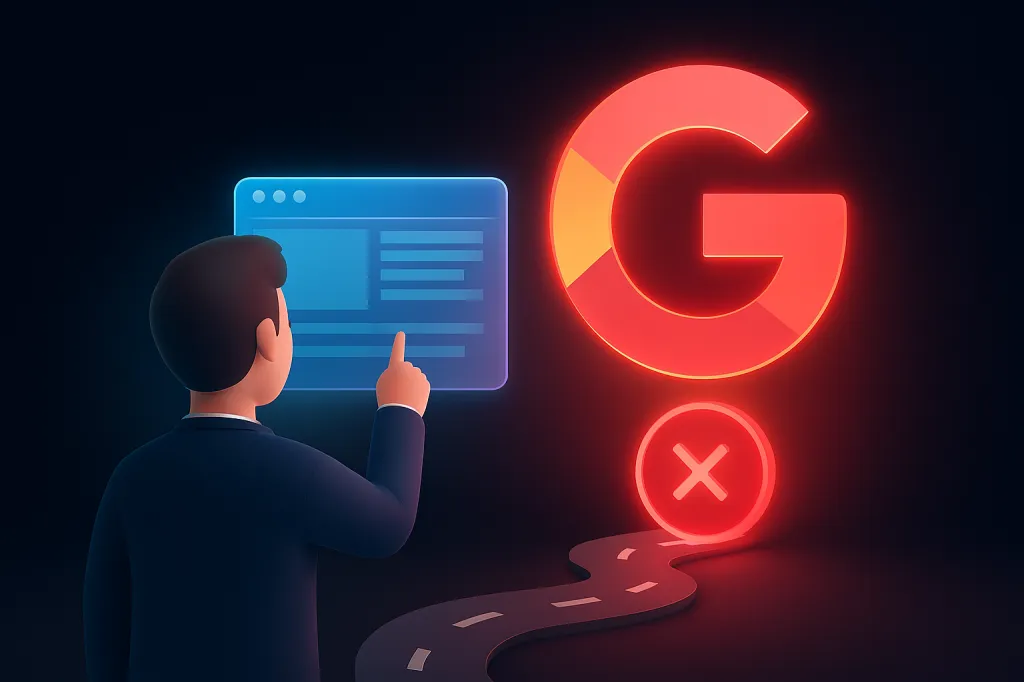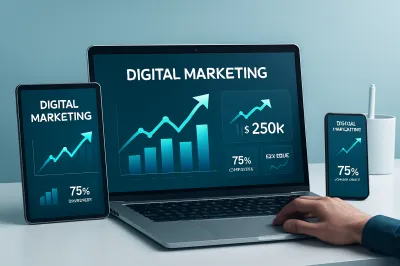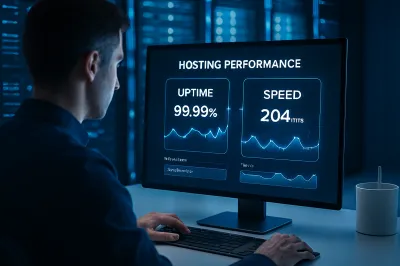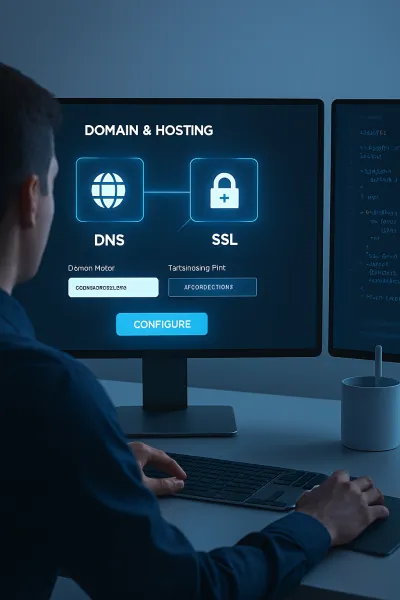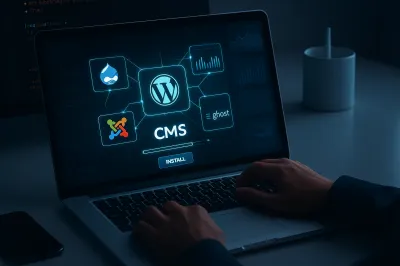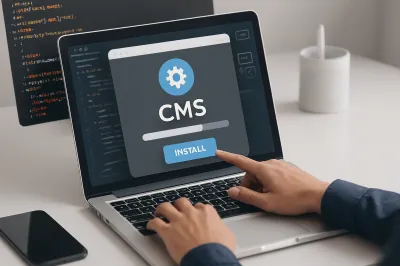Receiving that "Your AdSense application was not approved" email is disappointing, especially after all the hard work you've put into your new website. But don't be discouraged! Most of the time, the reasons for rejection are common and, more importantly, fixable.
Google's goal is to maintain a high-quality ad network for its advertisers, which means they only approve sites that provide real value to users. This guide will break down the five most common reasons for AdSense rejection and provide you with actionable steps to fix each one.
1. Insufficient or Low-Value Content
This is by far the most common reason for rejection. "Low-value content" is a broad term, but it generally refers to:
- Not enough content: Your site has only a handful of articles (e.g., fewer than 15-20).
- Thin content: Your articles are too short, lack detail, and don't fully answer a user's question.
- Copied or spun content: The text is taken from other websites without adding any original value.
- Poorly written content: The articles are full of spelling and grammar mistakes, making them difficult to read.
How to Fix It: Focus on creating original, in-depth, and helpful content that demonstrates your expertise and authority (what Google calls E-E-A-T). Write articles that are at least 800-1,000 words long. Before reapplying, ensure you have a solid base of 20+ quality posts.
2. Site Navigation and Poor User Experience (UX)
If the AdSense review team cannot easily browse your website, they will reject it. A poor user experience is a major red flag.
- Confusing Menu: Users don't know where to click to find information.
- Broken Links: Clicking a link leads to a 404 error page.
- Not Mobile-Friendly: Your website is difficult to read and use on a smartphone.
- Aggressive Pop-ups: Intrusive ads or pop-ups that block the content.
How to Fix It: Create a simple and logical navigation menu. Ensure all your essential pages like Categories, About, and Contact are linked in your header or footer. Use Google's Mobile-Friendly Test to check your site's performance on mobile devices.
3. Missing Essential "Trust" Pages
Google needs to see that your website is a legitimate and trustworthy entity. Missing key informational pages suggests that the site is amateur or untrustworthy. Every website, regardless of AdSense, should have these.
How to Fix It: You must create and have easily accessible links to the following pages:
- About Us: Who is behind the website? What is its purpose?
- Contact Us: A clear way for users (and Google) to contact you.
- Privacy Policy: This is a mandatory requirement. This page must explain how you handle user data. You can see an example on our Privacy Policy page.
4. Your Site Isn't Properly Indexed or is Too New
Google cannot approve a site that it can't see or that has just been created. Sometimes, rejection happens simply because the site is too young and has no established presence or traffic.
How to Fix It: First, ensure you have submitted your sitemap to Google Search Console as outlined in our previous guide. Second, be patient. A good rule of thumb is to wait at least a month after your site goes live and has some content before applying for AdSense. This gives Google time to crawl, index your pages, and see that your site is active.
5. AdSense Program Policy Violations
Your content must strictly adhere to the Google Publisher Policies. Any violation will lead to an instant rejection. Common violations include:
- Content that promotes illegal activities.
- Copyrighted material (e.g., hosting movie downloads or pirated software).
- Adult-themed, violent, or hateful content.
- Encouraging users to click on ads.
How to Fix It: Read the AdSense Program Policies very carefully. Remove any content from your website that even comes close to violating these rules.
Conclusion: Turn Rejection into Direction
Don't give up! Treat an AdSense rejection not as a failure, but as constructive feedback. By addressing these common issues, you will not only increase your chances of getting approved on your next attempt, but you will also be building a better, higher-quality website for your users. And that is the foundation for long-term success.
